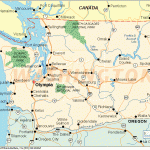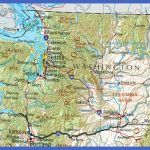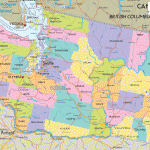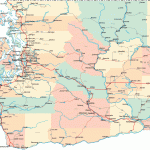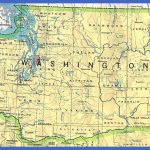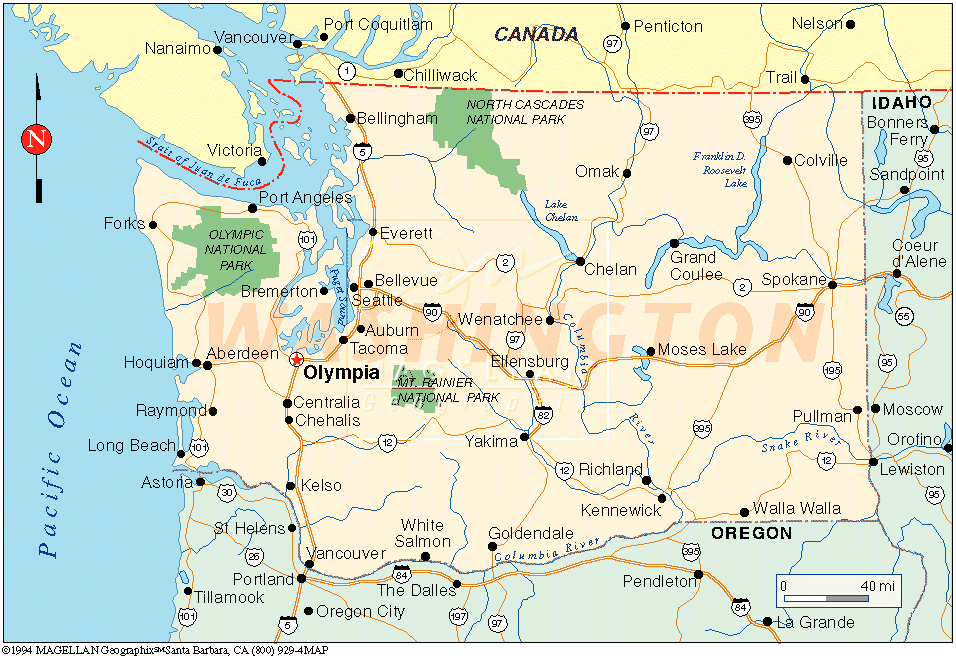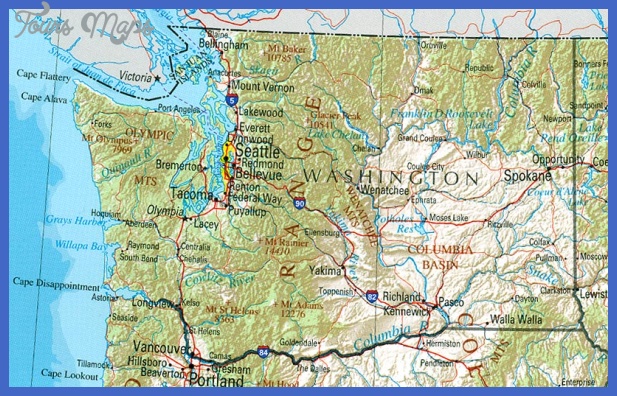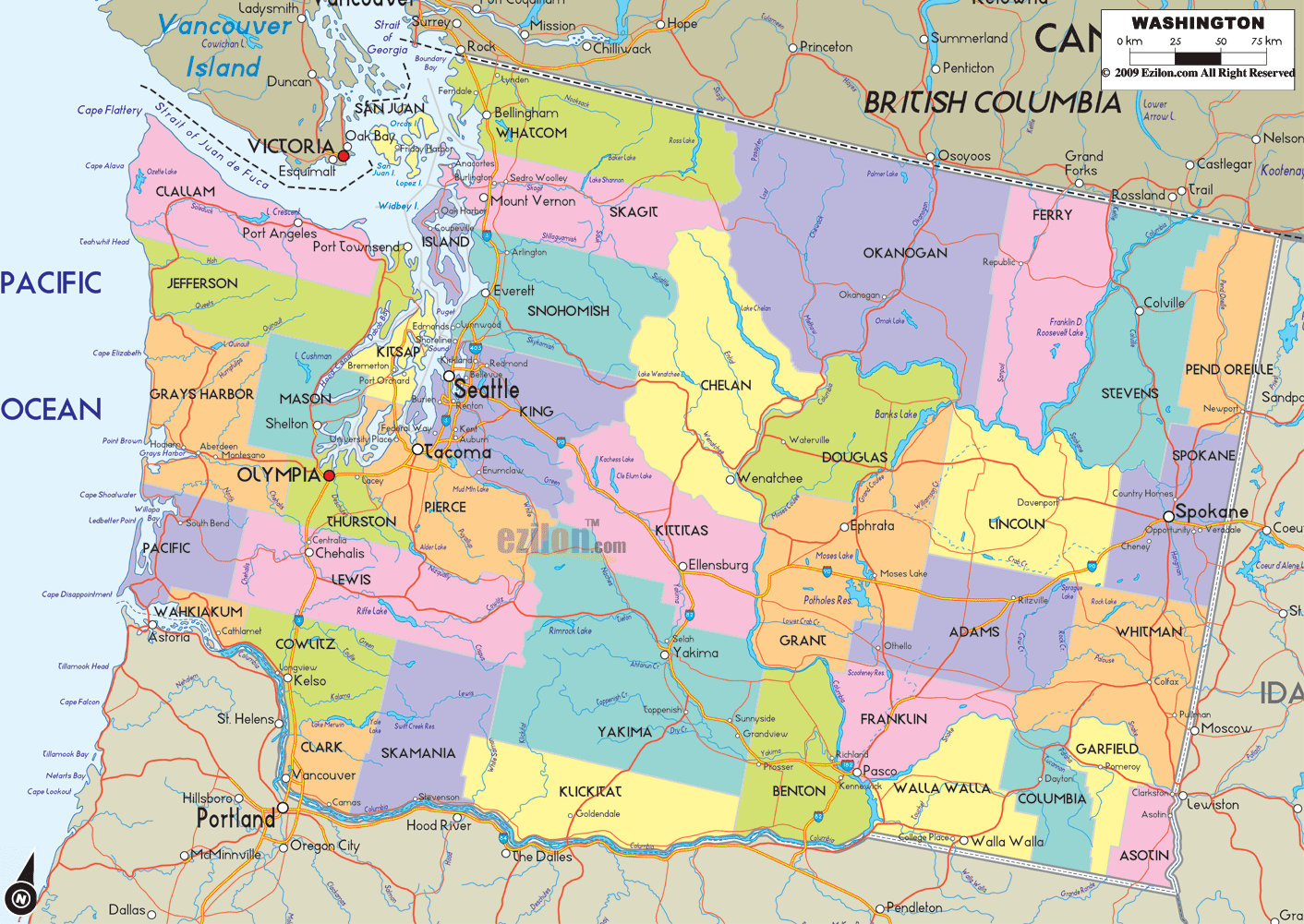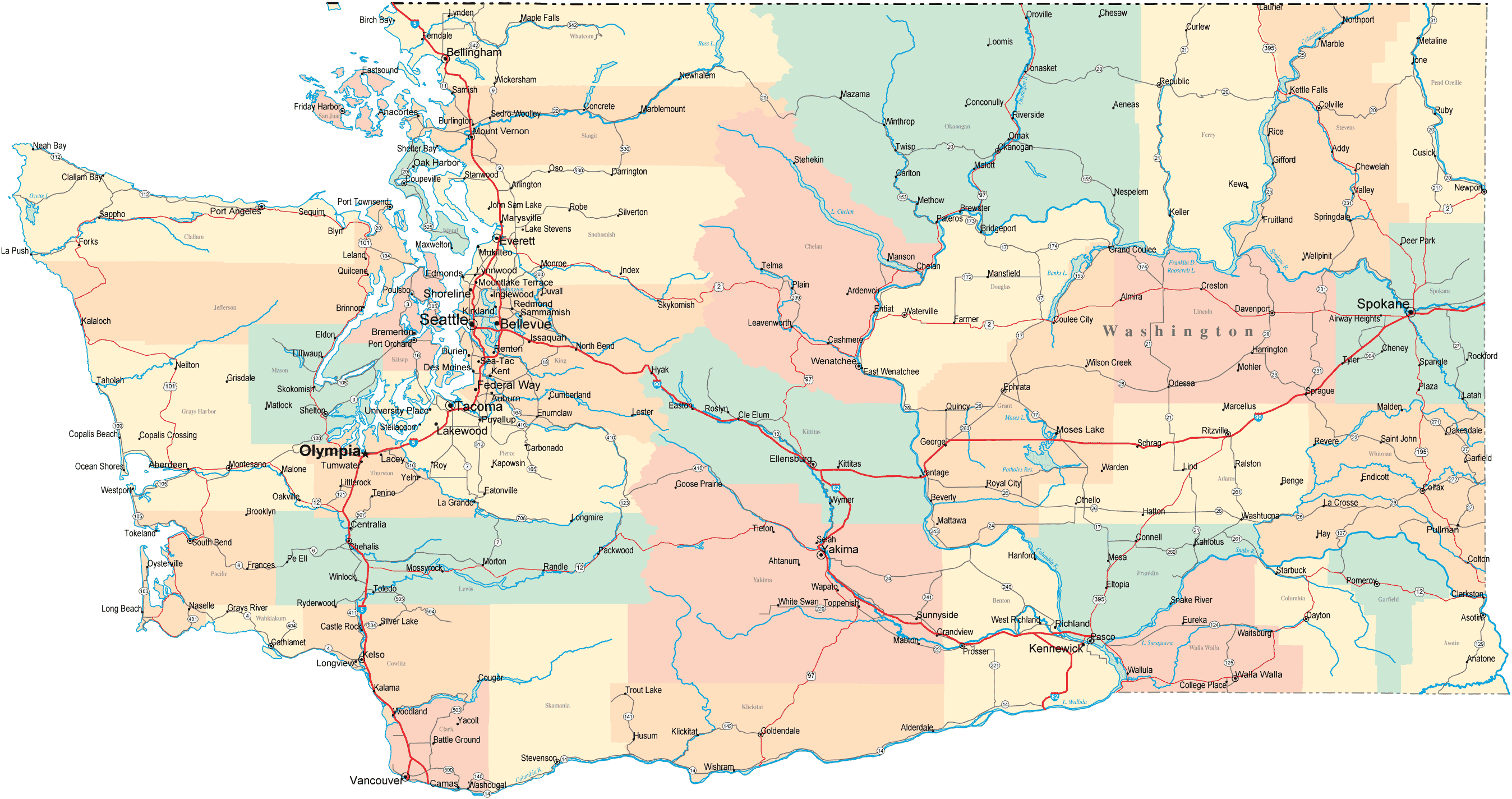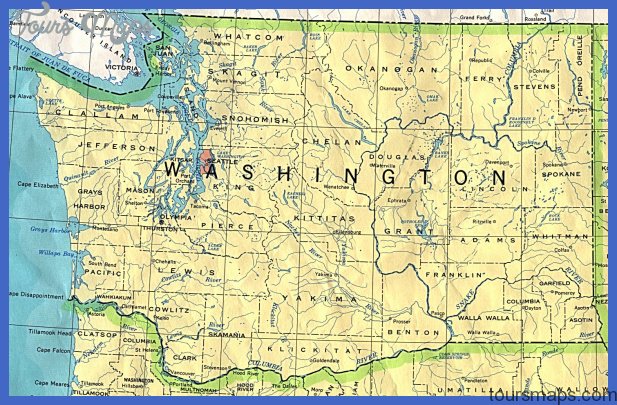Washington Agricultural Development
Since the establishment of a Latin American presence in Washington in the late 1770s, the early economic development of the state mostly involved Mexicans who traveled to work on a short-term basis as ranchers and to lead commercial mule-packing expeditions and, to a lesser extent, to work as miners and fur trappers without settling permanently in the area. It was not until the Mexican Revolution, from 1910 to 1917, that Latin Americans settled more permanently in Washington. The political turmoil in Mexico instigated many Latinos to migrate to the United States particularly Washington, to find employment in the state’s growing agricultural industry. The onset of World War II and the internment of Japanese Americans (in areas such as the Yakima valley and the farms and ranches surrounding Walla Walla) also dramatically increased the arrival of Latin Americans in Washington. The loss of Japanese Americans in Washington’s agricultural labor force created a crisis in Washington’s economy that was soon remedied by contracted Mexican laborers referred to as braceros.10
The Bracero program, which existed in Washington from 1942 to 1947, ensured a steady stream of contracted Mexican labor for Washington’s agricultural industry and later, for the state’s railroad industry. With the establishment of the Bracero program, Latin Americans arrived in unprecedented numbers to Washington to harvest peaches, green beans, hops, apples, and sugar beets. The Bracero program ended in 1947, with only a brief revival during the Korean War in 1950 to 1953, because of the rising costs of supporting the program, as well as issues of maltreatment and racism. The program is credited with establishing Latinos as a permanent part of Washington’s total population.11
The termination of the Bracero program in combination with the end of World War II brought the first wave of Latinos from surrounding western states, such as Montana, Wyoming, Colorado, and Utah. Their arrival to work in Washington’s agricultural industry was encouraged by farm owners who had slowly become dependent on migrant labor. The Yakima valley, in eastern Washington, became the first major place where Latin Americans settled. Later, in the 1950s, they settled into other parts of the state, such as the Puget Sound area and the Skagit valley. By the 1960s, many migrant workers had abandoned their work pattern of moving through farms and ranches in the west to settle permanently in Washington.
Washington Map Photo Gallery
Maybe You Like Them Too
- Explore Néa Apollonía Greece with this Detailed Map
- Explore the Center of the United States with This Interactive Map
- Explore the Beautiful Town of Saint-Alban, France with This Map
- Explore the Beautiful City of Southport, Australia with This Map
- Explore Sasbach, Germany with our Interactive Map

